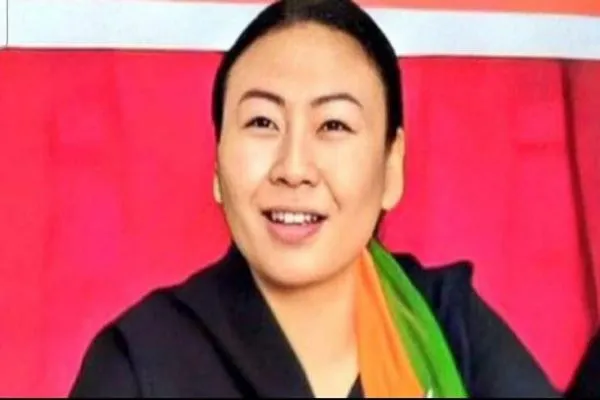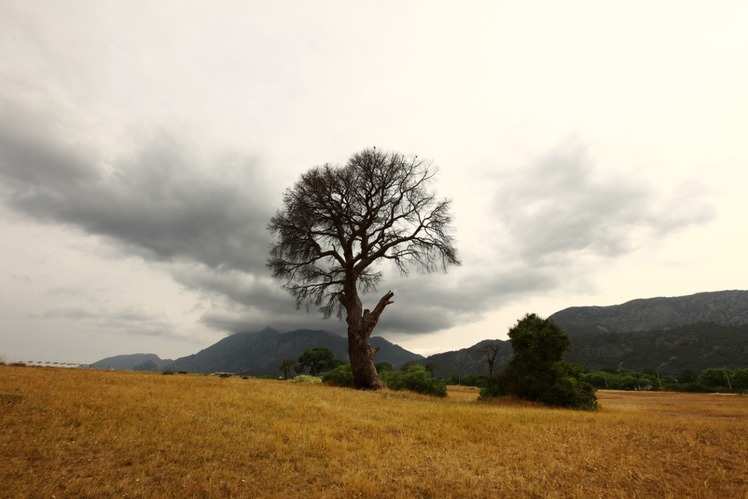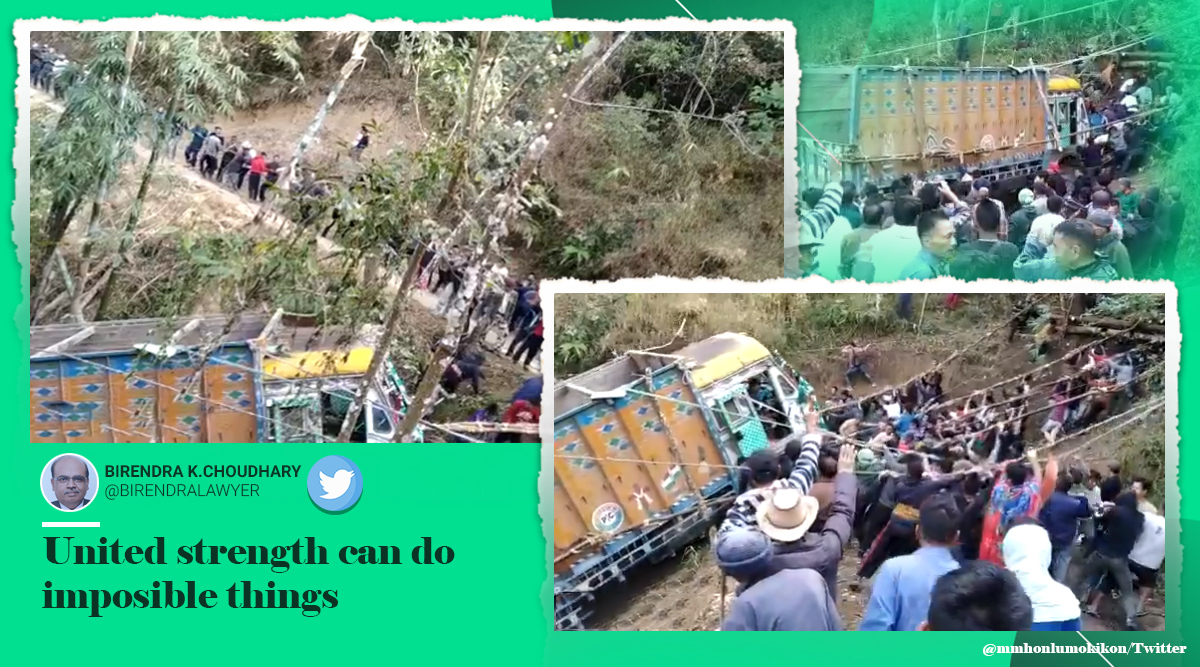
Kohima, Apr 1 : S Phangnon Konyak was on Thursday elected unopposed as the Rajya Sabha member from Nagaland. With the tenure of incumbent Rajya Sabha MP from Nagaland K G Kenye ending on April 2, the election was scheduled to be held on Thursday. Returning Officer, Biennial Election to the Council of States, Khruohituonuo Rio informed that as there was only one candidate till the last date for filing...



















